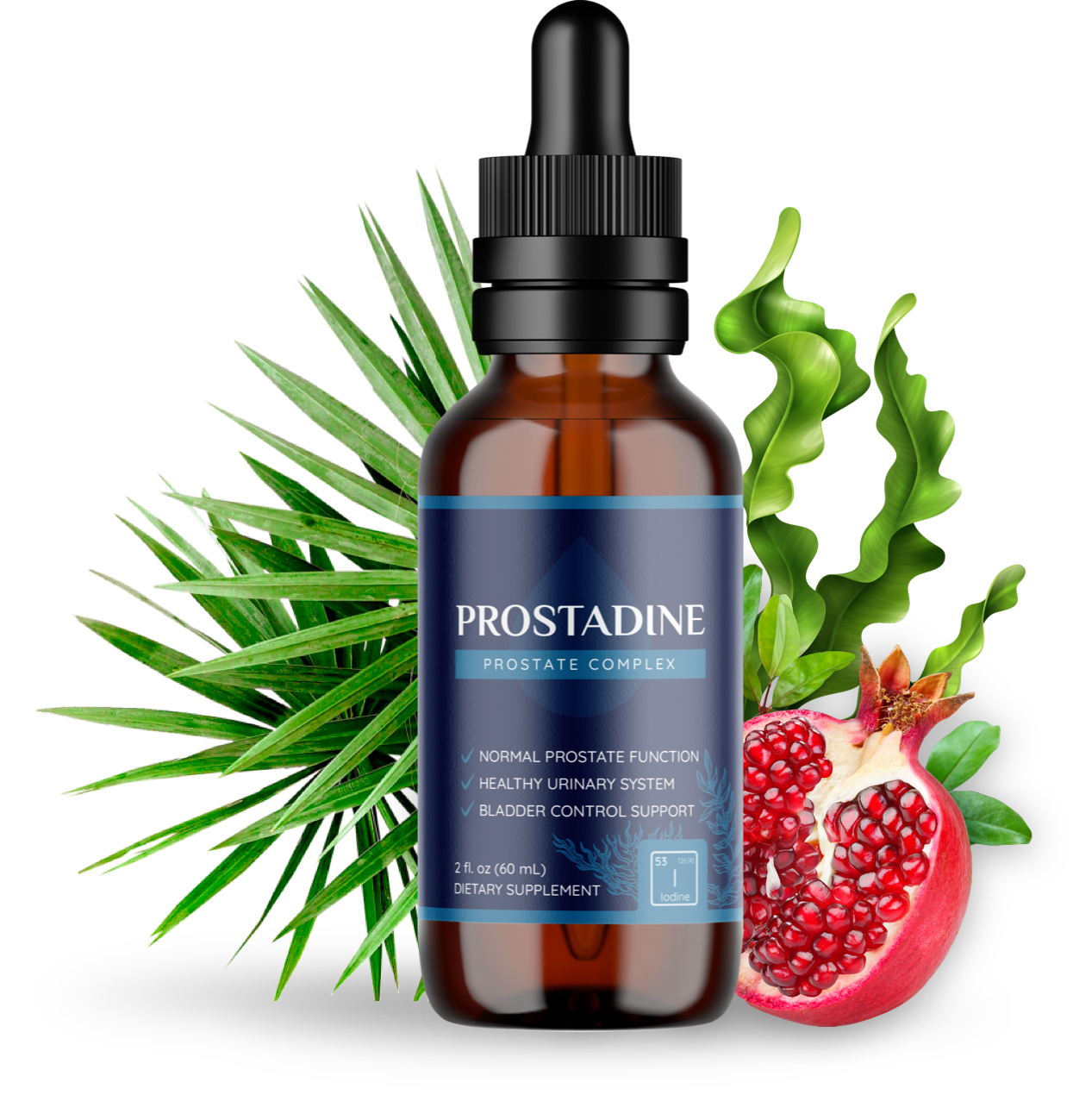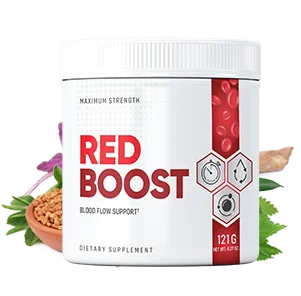Thinking about tracking your meals? Learn the basics of food logging, why it helps, and how to get started with MyFitnessPal.
The post What You Need to Know Before Starting to Log Your Food appeared first on MyFitnessPal Blog.
You know that moment when you finish a meal and wonder, Did I actually eat enough protein? Or you can’t figure out why you’re suddenly starving at 4 p.m. every day?
You’re not alone—and that’s exactly where food tracking can make a difference. At first, the idea of logging everything you eat might sound tedious or intimidating. But many people find that once they start, it’s like flipping on a light switch: patterns emerge, blind spots become clear, and small changes start adding up. With the right approach, food tracking doesn’t have to take over your life. Here’s how to get started without getting overwhelmed.
Why Log Your Food in the First Place?
Tracking your food is a form of self monitoring, which the research consistently shows helps us reach our health goals, particularly when it comes to weight loss (1). Writing your food intake down (or virtually tracking with an app like MyFitnessPal), helps you “see” what you’re actually eating rather than simply thinking about it. Most people are surprised by what they learn.
Plus, tracking your food offers another layer of accountability. The research shows that logging encourages healthier food choices over time, and can help hold yourself accountable to new habits that may promote weight loss over time (2). Often, folks who start tracking their food, uncover triggers for over eating or less mindful eating as well as nutrient gaps around key nutrients like fiber or protein.
And lastly, tracking your food offers a form of collected data over time. That’s data that you can then go on to compare to your progress. For example, did the last two weeks of weight loss progress stall because of a change in daily calorie averages? Was there anything else that could have influenced your eating habits? Tracking your food offers an objective form of data to help you answer these questions.
You might also like
What You’ll Want to Track
If tracking feels overwhelming to you, you don’t have to track every morsel of food to reap the benefits of tracking. In fact, trying to log just one meal or snack a day at first, maybe a strategy to help you find consistency with food tracking. Particularly if you tend to fall into the all-or-nothing thinking trap, tread carefully with putting too much on your plate when it comes to tracking everything to begin with.
“We usually suggest tracking at least one thing to help keep the habit going—but that doesn’t mean you have to log everything you eat,” offers Denise Hernandez, MS, RD, LD, MyFitnessPal Registered Dietitian.
So what should you start tracking? There are a few different things to pay attention to.
- Meals and snacks: Start by tracking one meal or snack per day, like breakfast. Add more as you get comfortable.
- Beverages: Track all drinks—not just water—including alcohol, coffee, and tea with added sugar or cream.
- Portion sizes: Begin by estimating portions; refine accuracy over time using measuring cups or a food scale.
- Sauces and extras:
Recommended Story For You :
 health-fitness
health-fitnessThe alpine secret for healthy weight loss
 health-fitness
health-fitnessThe Most Potent Fast-Acting Formula For Incinerating Stubborn Fat
 health-fitness
health-fitnessReal Cortexi Users Real Life‑Changing Results
 health-fitness
health-fitnessThis Cold Drink Might Trigger Your Prostate
 health-fitness
health-fitnessRed Boost is a powerful new formula for boosting male sexual health.
 health-fitness
health-fitnessEverything you eat or drink eventually reaches your liver for processing.
 health-fitness
health-fitnessBrand New Probiotics Specially Designed For The Health Of Your Teeth And Gums
 health-fitness
health-fitnessEmpowering You to Take Control of Your Blood Sugar Health!